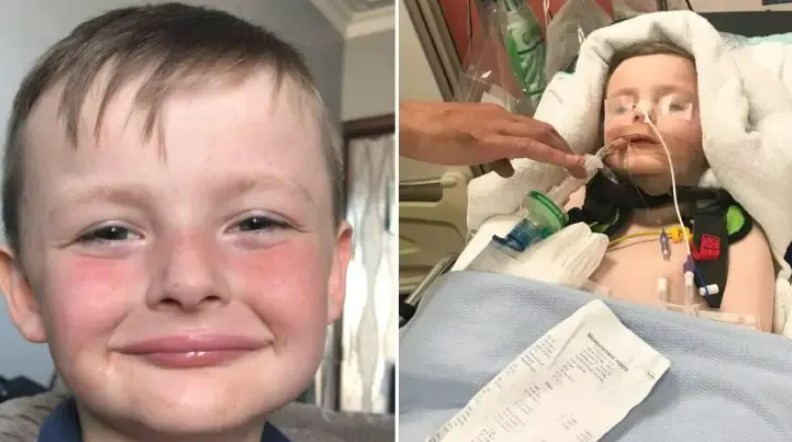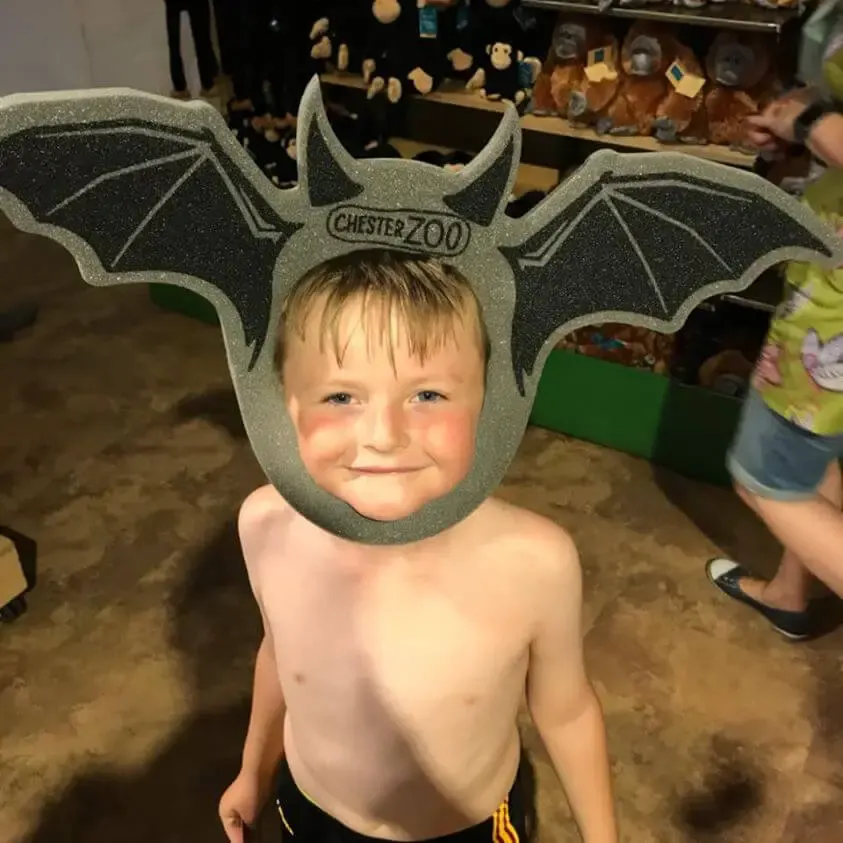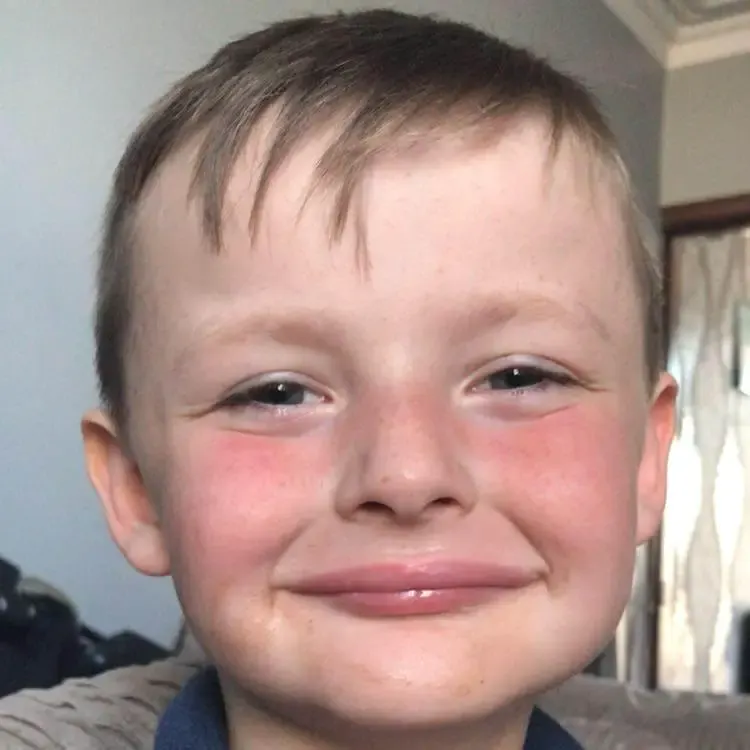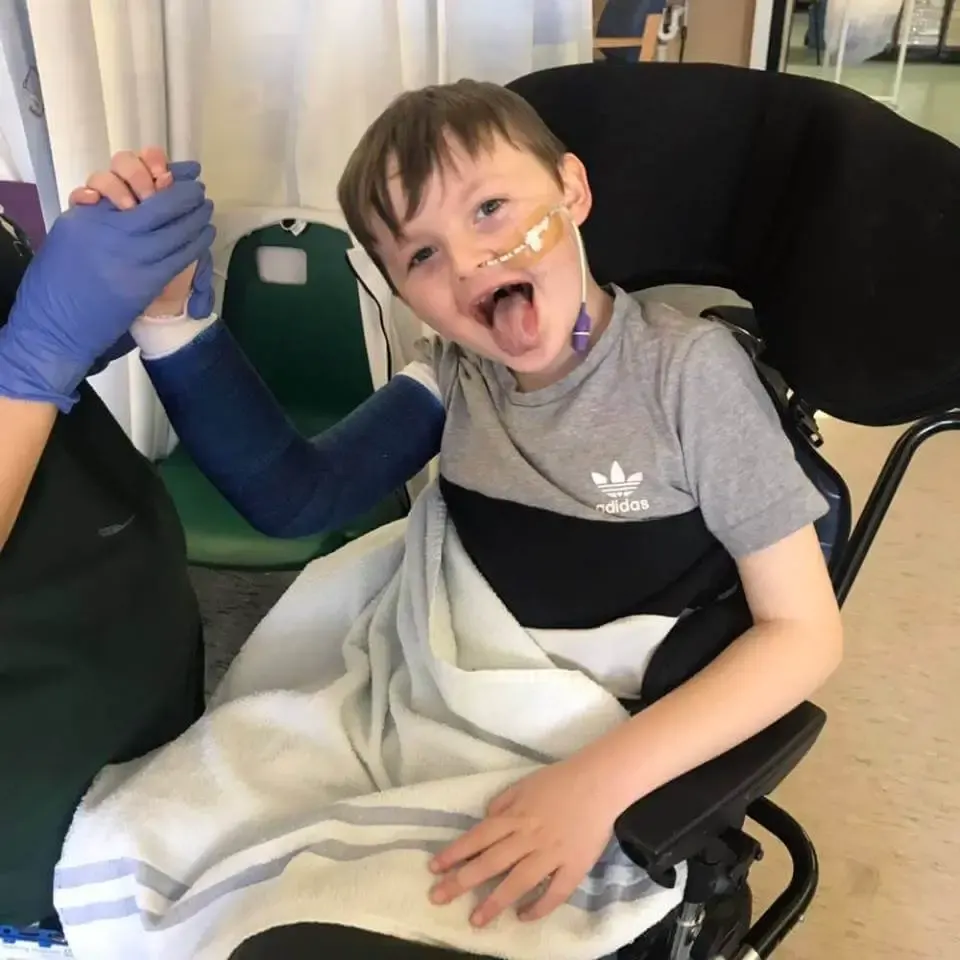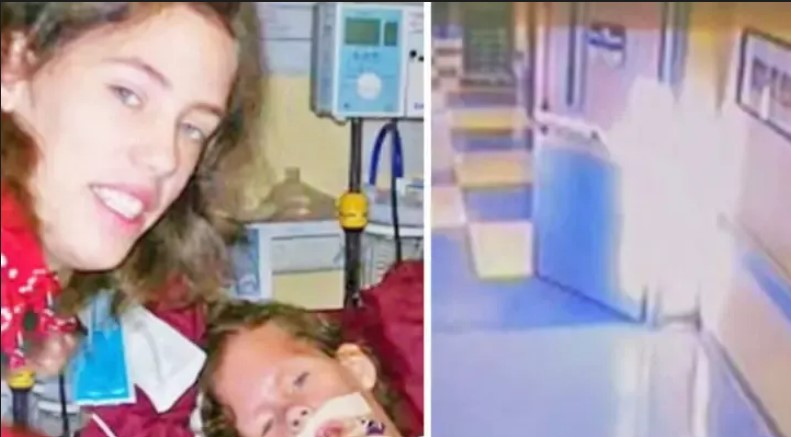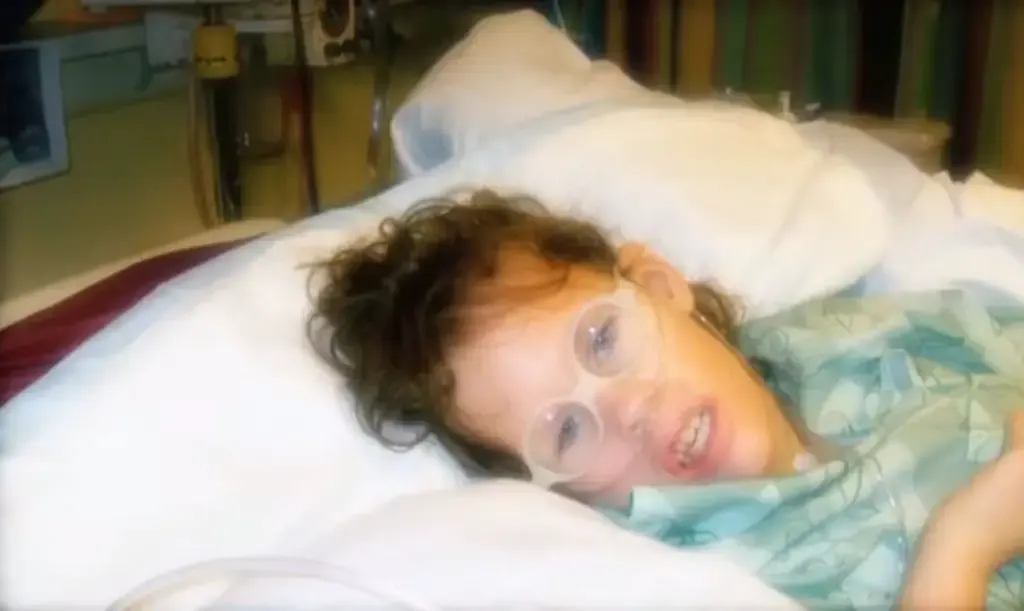METRO
Toddler’s Unfortunate Beach Accident Left The Skin On Her Foot ‘Falling Off’
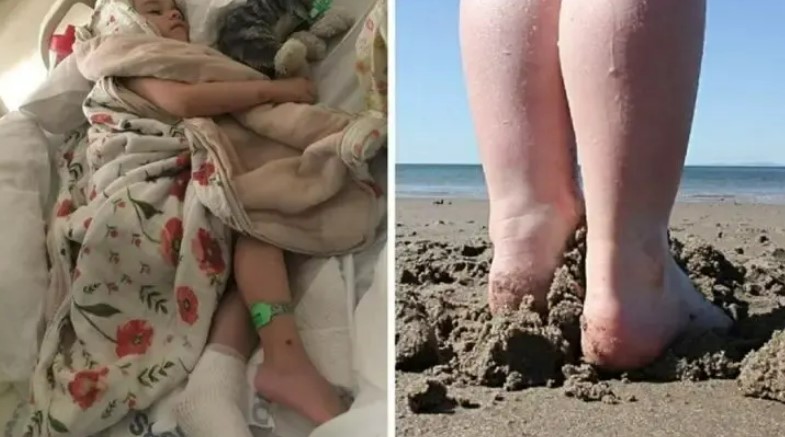
Continue Reading
METRO
Mother left everyone in disbelief after they heard her excuse why she left her baby alone with pit bull only for the dog to chew on the child’s hands and leave her without 5 fingers!
METRO
6-Year-Old Boy Left In Coma After Being Sent Home From School With Headache
METRO
Did An Angel Save Girl From Dying In Hospital?
-
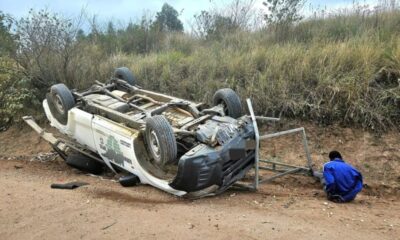
 METRO11 months ago
METRO11 months agoHijacker Had To Learn The Hard Way After This Happened To Him
-

 SPORTS7 months ago
SPORTS7 months agoJaguars legend Maurice Jones-Drew explains how the team can use the trip to London as a ‘springboard’ for their winning streak.
-

 SPORTS10 months ago
SPORTS10 months agoTimeBundle Teams Up with Champions to Support Chinese Athletes at the 2024 Paris Olympics
-

 IN-THE-NEWS10 months ago
IN-THE-NEWS10 months agoWhatsApp Screenshot Of Davido Asking Sophia For Phone S3x Which She Included As Part Of Evidence In Their Child Custody Battle
-

 IN-THE-NEWS11 months ago
IN-THE-NEWS11 months agoEFCC Secures Conviction Of 8 Internet Fraudsters In Uyo
-

 HEALTH & LIFESTYLE7 months ago
HEALTH & LIFESTYLE7 months ago4 drinks you should take regularly to clean your stomach
-

 METRO10 months ago
METRO10 months ago‘Hero’ Student Finds Bully Beating Up Blind Kid, Delivers Justice
-

 SPORTS10 months ago
SPORTS10 months agoStar-Studded Spectacle: Celebrities Spotted at the Roland-Garros Semi-Finals





